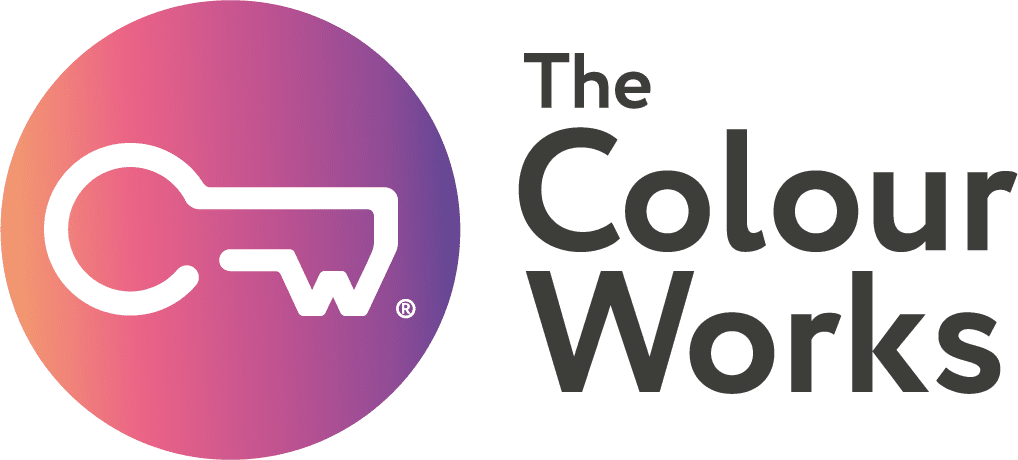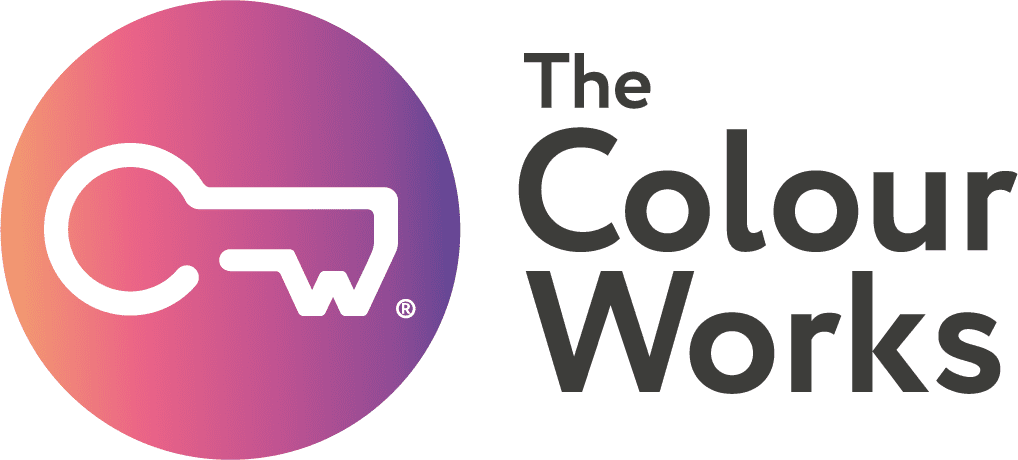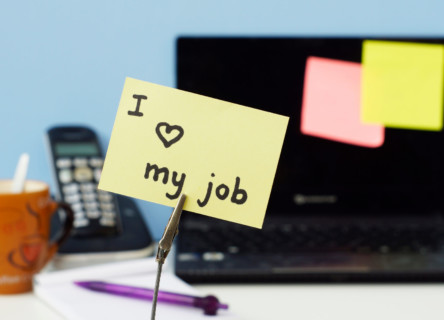Your Insights Discovery profile is a treasure trove of invaluable information about the most fascinating subject on Earth … you! In virtually every workshop we run, our delegates can’t wait to read their profiles and find out what they say. Which is interesting, because they’re about … well, us … and we know ourselves inside out and backwards, don’t we? Or do we?
However long it’s been since you last looked through your profile, this eight-step plan will help you extract even greater value from the wealth of information it contains.
1. My profile is not me
First, let’s remember that our profiles do not define us, they simply attempt to describe us. They are a bold and often uncannily accurate assertion as to what our personalities might be. But they are never 100% accurate, of course. Above all else, they’re designed to stimulate us into new thinking; how are we being when we’re doing what we do? Now that is a conversation worth having.
2. Get scribbling
There’s no better person to start the conversation with than yourself. Grab a pen, pencil, highlighter or stack of Post-It notes and bring your profile alive. Don’t be too reverential about it, it’s only a piece of paper. If that seems a step too far, print off another copy and scribble on that instead. The point is to make the shift from passive reading to active doing.
3. Sort the wheat from the chaff.
What do you agree strongly with? Be humble if you must but don’t underestimate your strengths and the value you bring to your role and the team. What do you absolutely not agree with? Why? Because it stings or because it’s just plain wrong? Fact – very few people complain about the strengths and positive comments in their profiles. We’re absolutely entitled to say that sections are inaccurate, but we owe it to ourselves and others to dig deeper before we put a red line through them.
4. Get some feedback
Our profiles should stimulate a conversation, not just in our own heads, but with colleagues we work with every day and others we only work with on occasional projects and assignments. What do your Good Day behaviours look like and feel like to them? Do you come across the way you think you come across? What’s it like to be around you when you’re stressed? What seems to tip you into Bad Day behaviours?
5. Get some support
Share your profile in a mutual discussion and feedback session with your line manager, a direct report or someone else you work closely with. What do you really appreciate about one another? What do you want more of or less of in the ways you’re managed, lead and supported? How can your manager and colleagues help you leverage your strengths to greater effect and minimise the impact of your main weaknesses?
Change takes time and effort to embed, and being supported, coached or mentored by a line manager, colleague or direct report can be hugely beneficial.
6. Know your strengths
Your profile is full to overflowing with words, lines, sentences and entire paragraphs that speak of the qualities you’re most likely to bring to your work. It’s critical that we know what we do best and which of our behaviours and characteristics seem to be driving that performance most of all. What is that you do that stands out above everything else? How can you make even more of that?
7. Creating the right environment
Knowing our strengths is only part of the story. Our role, environment and the way we’re managed and supported will enhance or diminish our performance in often dramatic ways. Do we have the resources we need? Do we prefer or perhaps need to be managed more tightly or more loosely? Is your role clear and playing to your strengths? What are the critical environmental factors that can make or break your day?
8. Work on your weaknesses
Finally, we get to the parts of our profile that seem to preoccupy just about all of us – our weaknesses. Notice just how often they’re actually overplayed strengths, as well as often underplayed or underdeveloped behaviours. Dialling down on our stronger energies a little and mindfully developing and dialling up on the opposite colour energies can provide a welcome antidote to some of our most bothersome traits. Work on one or two weaker areas for three to six months and notice the positive impact it has on your performance!
Next steps…
Sign up HERE for our free interactive workshop on using the Insights profile for your personal development…
It’s on Tuesday 10th and 17th November and we will cover:
- Personal Development – managing expectations
- The colour energies and our learning styles
- The coaching conversation and personal development
- Your needs, your actions!
- The foundations of a personal development action plan









